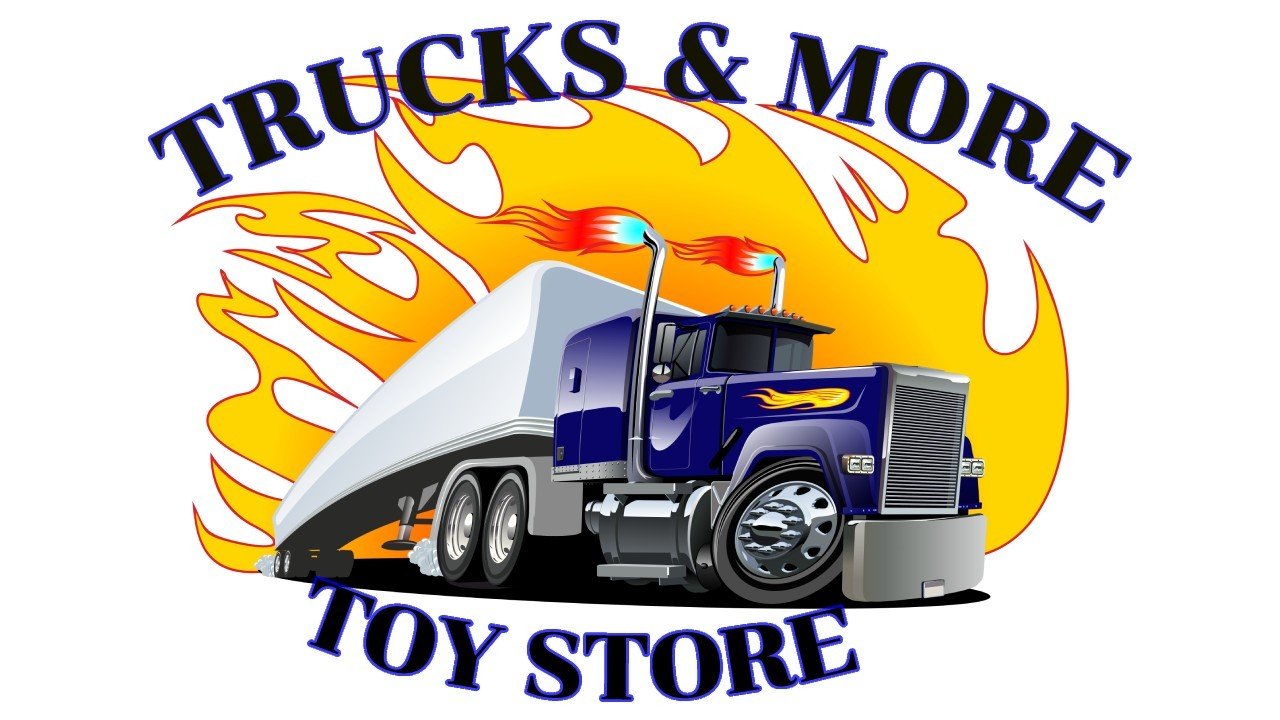Semi Truck vs 18 Wheeler vs Tractor Trailer… What’s the difference?
To truly grasp the distinctions between semi-trucks, 18-wheelers, and tractor-trailers, it is crucial to delve into their rich histories and understand how they have evolved in the world of heavy-duty transportation.
The concept of the semi-truck can be traced back to the early 20th century when trucks were primarily designed as a cab attached to a cargo bed. However, as the demand for more efficient and larger hauling vehicles grew, engineers began exploring new designs. They soon realized that separating the tractor unit from the trailer could offer greater maneuverability and increased load capacity.
In the 1910s, Alexander Winton, a prominent American automobile manufacturer, introduced the first semi-truck prototype. Winton’s design featured a cab connected to a detachable trailer, allowing for easy attachment and detachment as needed. This innovation provided greater versatility in hauling different types of cargo and simplified maintenance. Over time, other manufacturers embraced the semi-truck concept, leading to its widespread adoption in the transportation industry.
The term “semi-truck” itself originated from the fifth wheel coupling mechanism used to connect the trailer to the tractor. The fifth wheel, named for its resemblance to a traditional fifth wheel used in horse-drawn carriages, allows for a pivoting connection between the tractor and the trailer. This design enables the trailer to pivot on the fifth wheel, distributing weight between the tractor and trailer axles, thereby enhancing stability and maneuverability.
Truck toys can be fun to play with for kids
A fifth wheel, also referred to as a fifth wheel hitch, serves as a coupling mechanism that establishes a connection between a semi-trailer and the tractor unit of a semi-truck. Its design bears a resemblance to the fifth wheel utilized in horse-drawn carriages, allowing the pivotal movement of the front axle. Positioned horizontally above the rear axle on the tractor’s rear chassis, the fifth wheel features a flat plate housing a central kingpin extending downwards from the trailer. The kingpin seamlessly fits into the locking mechanism located on the fifth wheel, engendering a steadfast attachment. Through this pivotal coupling, the trailer gains the ability to negotiate turns and execute maneuvers while equitably distributing weight between the tractor and trailer axles, thereby amplifying stability and diminishing the likelihood of jackknifing incidents. The fifth wheel coupling occupies a position of paramount significance in ensuring secure and controlled transportation of hefty loads across extensive distances, establishing a dependable linkage connecting the tractor and trailer.
As the semi-truck design gained popularity, the need for larger and more powerful vehicles became evident. This gave rise to the configuration known as the 18-wheeler. By adding eight wheels to the trailer, in combination with the eight wheels on the tractor, a total of sixteen wheels were achieved. This configuration increased the load-carrying capacity and stability of the vehicle, making it suitable for transporting heavier loads over long distances. The 18-wheeler design became particularly prevalent in industries such as construction, logging, and freight transportation.
The tractor-trailer combination, which encompasses both semi-trucks and 16-wheelers, became the standard in the transportation industry. This combination offered a balance of power, control, and cargo capacity, making it ideal for long-haul journeys. Manufacturers continuously improved the design and technology of these vehicles to enhance efficiency, safety, and driver comfort.
Over the years, tractor-trailers have become integral to global trade and commerce, serving as the primary mode of transportation for goods across vast distances. The introduction of advanced features, such as aerodynamic designs, fuel-efficient engines, and advanced safety systems, has further enhanced their functionality and environmental sustainability. When it comes to size and capacity, semi-trucks, 18-wheelers, and tractor-trailers come in various configurations to accommodate different hauling requirements. The length and weight of trailers can vary based on local transportation regulations, while the design of the tractor unit can vary between conventional models with a long hood and cab-over-engine models with a more compact design.
In recent years, the transportation industry has witnessed the emergence of electric and hybrid-powered semi-trucks and tractor-trailers. These advancements aim to reduce emissions and reliance on fossil fuels, promoting a more sustainable future for the heavy-duty transportation sector.

